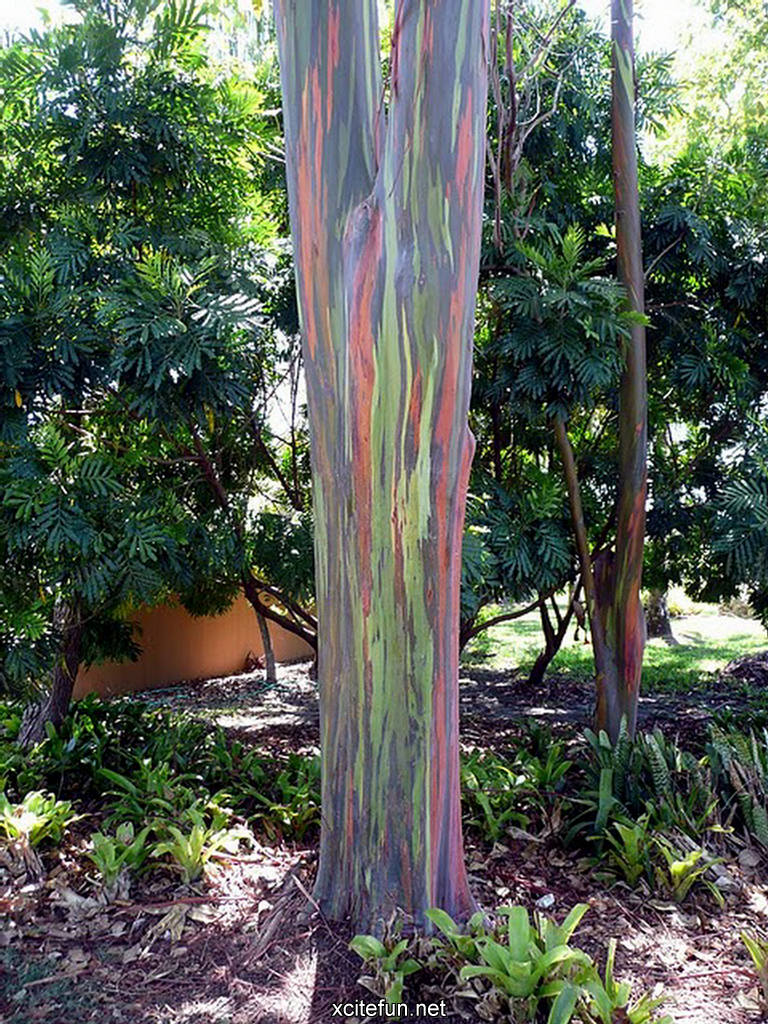

The connections made by the apps can be easily reviewed in the “Connections” tab.Įach row represents an outgoing connection made by an app or by the Android system itself.

Beware that any user in your local network can download a copy of your device traffic! If you want to avoid this, you can select “None” as the dump mode. It will finish once the stop button in PCAPdroid is pressed. Only the traffic generated after the download has been started will be captured. The download is streamed so it’s normal to see a 0% download progress indicator in the browser.

You can visit the provided URL from another device (e.g. Moreover, a persistent notification is shown, which includes the details about the captured traffic.īy default, an HTTP server is started on port 8080 to serve the traffic PCAP. As long as PCAPdroid is running, a key icon will be displayed into the android notification bar (this may vary depending on your system). PCAPdroid can be put in the background while operating with other apps as it continues to run as a service until the capture is stopped. After accepting it, PCAPdroid will start capturing the traffic.

On the first start, a VPN confirmation dialog is shown. In order to start using PCAPdroid, you just need to tap the play button in the action bar. If you plan to use PCAPdroid to perform packet analysis, check out the related section below. No external VPN is actually created, the traffic is processed locally by the app. PCAPdroid leverages the android VpnService to receive all the traffic generated by the android apps.


 0 kommentar(er)
0 kommentar(er)
